|
I am a machine learning engineer at Causal Foundry in Barcelona, Spain. At CF, I develop and maintain our data pipeline and backend using Go and PostgreSQL. I also implement deep learning algorithms particularly contextual bandits and time to event models to run interventions in healthcare. I graduated with a dual degree (bachelors and masters) from the Department of Computer Science and Engineering at IIT Kharagpur in Jul'21. I am fortunate to have been advised by Prof. Partha Pratim Chakrabarti and Prof. Aritra Hazra for my bachelor's and master's theses, in which I worked on self-supervised learning in computer vision. I am interested in developing agents that can operate in the real world. I want to develop models that can do reasoning, in addition to the current tasks that they are good at. I have also worked as a digital consultant in Tokyo, Japan. Meanwhile, I've also been focusing on developing backends for large applications. I have done research internships at the University of British Columbia and the University of Sydney. I worked on large scale pattern matching and facial landmarks detection, respectively, in these internships. I have also interned at Goldman Sachs in Summer 2020. I like to simplify complex concepts (which often requires going back to first principles) through my blog posts, and visualizations. |
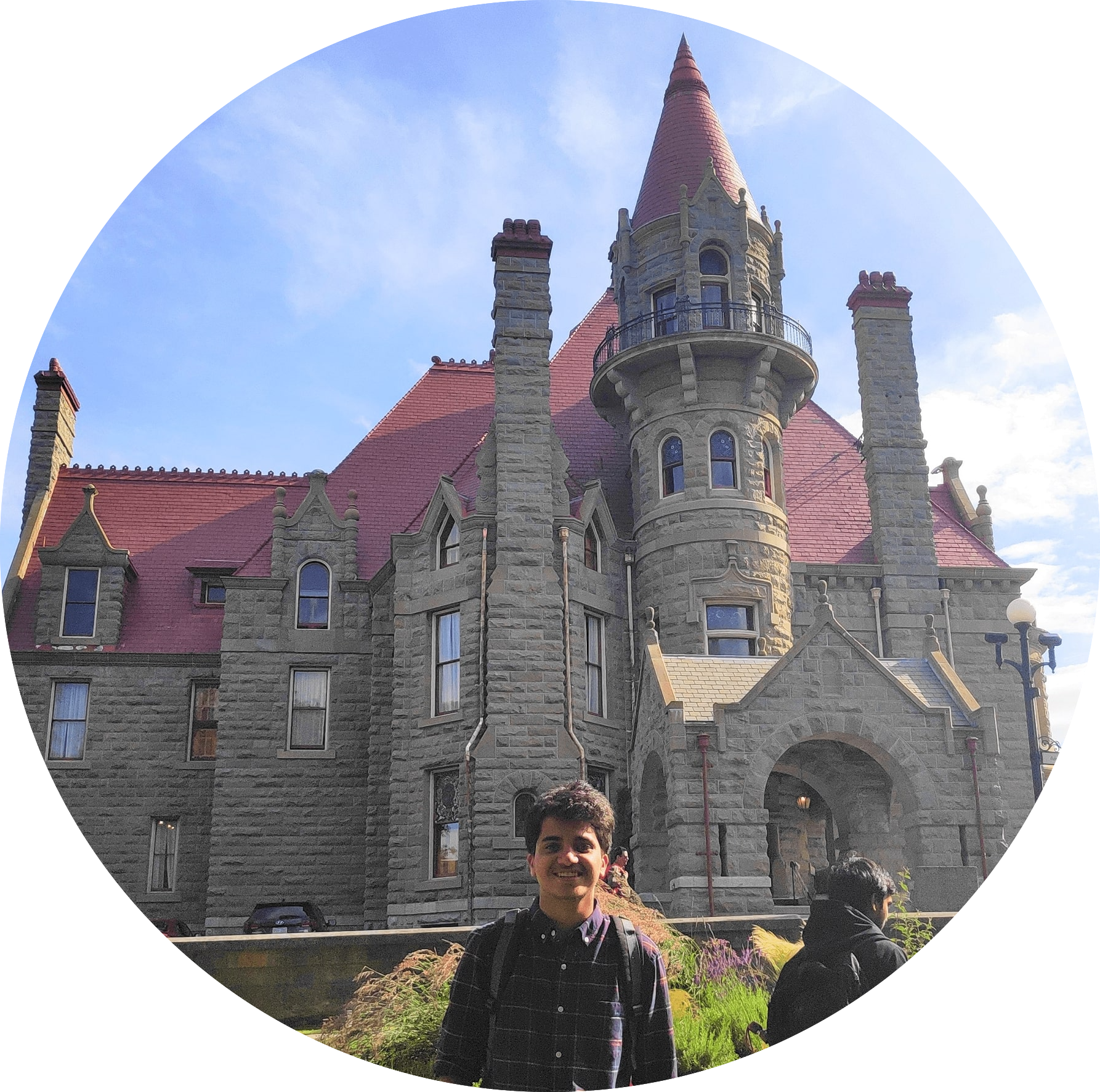
|
|
|
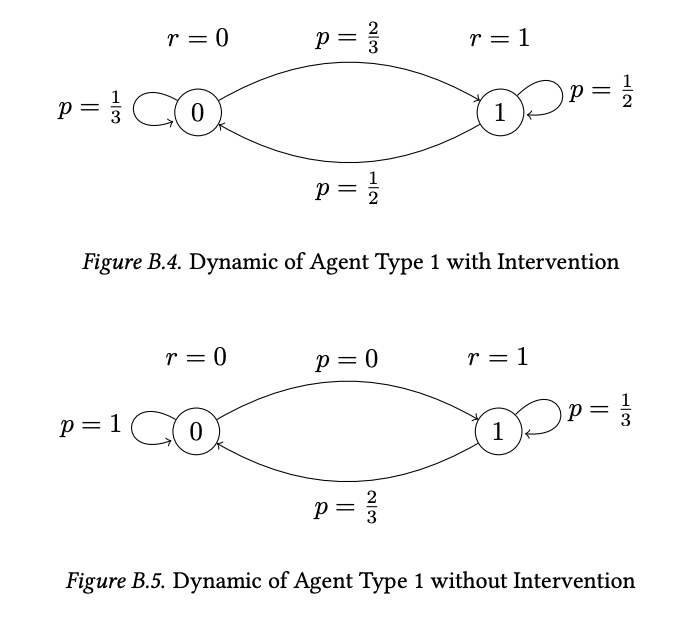
|
Jiamin Xu, Ivan Nazarov, Aditya Rastogi, África Periáñez, Kyra Gan Arxiv preprint Feb, 2025 Online restless bandits generalize contextual bandits with state transitions and budget constraints, modeling agents as MDPs. Learning these MDPs is challenging within finite horizons. To simplify learning, we recast the problem as a scalable budgeted thresholding bandit, embedding state transitions into rewards to identify agents whose action benefits surpass a threshold. We prove oracle greedy optimality for two-state cases and present an algorithm achieving minimax-optimal constant regret in multi-state scenarios. Our method significantly outperforms existing approaches. |
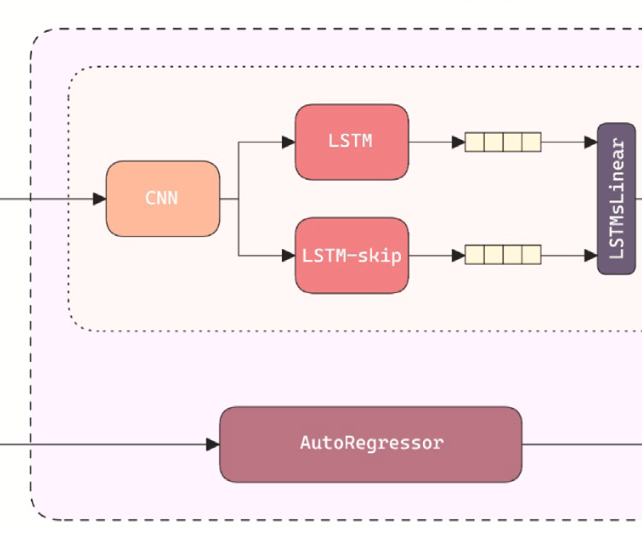
|
Aayush Pandey, Jeevesh Mahajan, Srinag P., Aditya Rastogi, Arnab Roy, Partha P. Chakrabarti Journal of Computational Science Oct, 2024 An efficient hybrid of CNN and LSTM components to improve prediction of aerodynamic coefficients for aperiodic and chaotic systems |
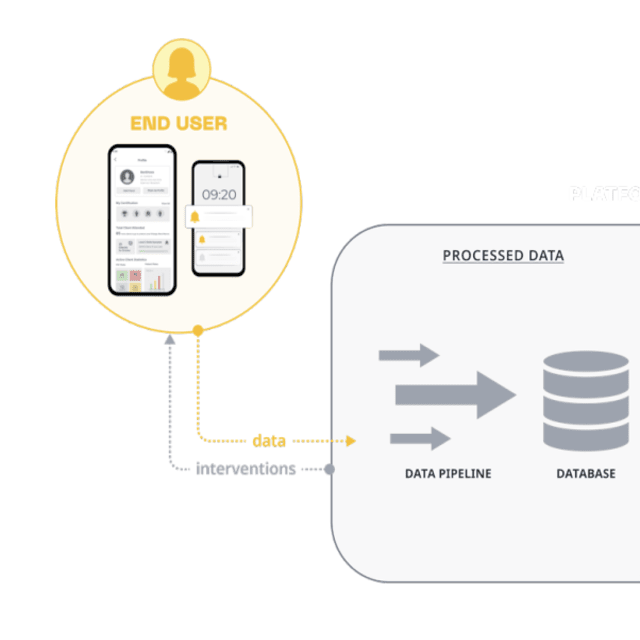
|
Ana Fernández del Río, Michael Brennan Leong, Paulo Saraiva, Ivan Nazarov, Aditya Rastogi, Moiz Hassan, Dexian Tang, África Periáñez KDD CJ Workshop Aug, 2024 An RL platform that enhances end-to-end user journeys in healthcare digital tools through personalization |
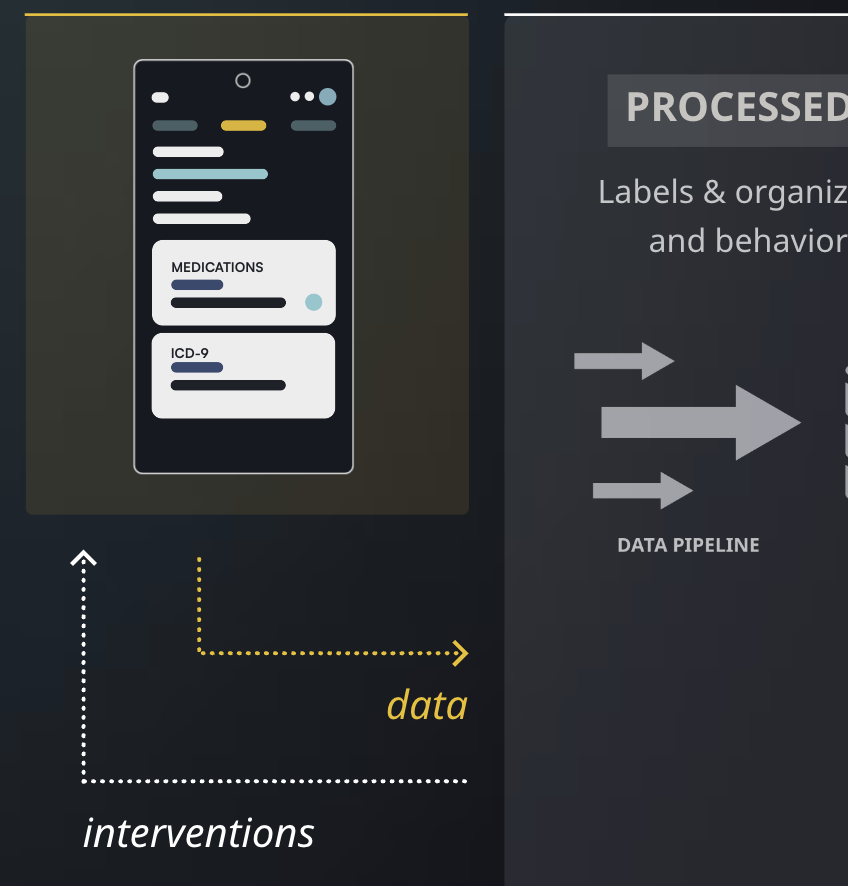
|
Ana Fernández del Río, Michael Brennan Leong, Paulo Saraiva, Ivan Nazarov, Aditya Rastogi, Moiz Hassan, Dexian Tang, África Periáñez KDD AIBS Workshop Aug, 2024 An RL operational system to deliver personalized behavioral interventions through mobile health applications |
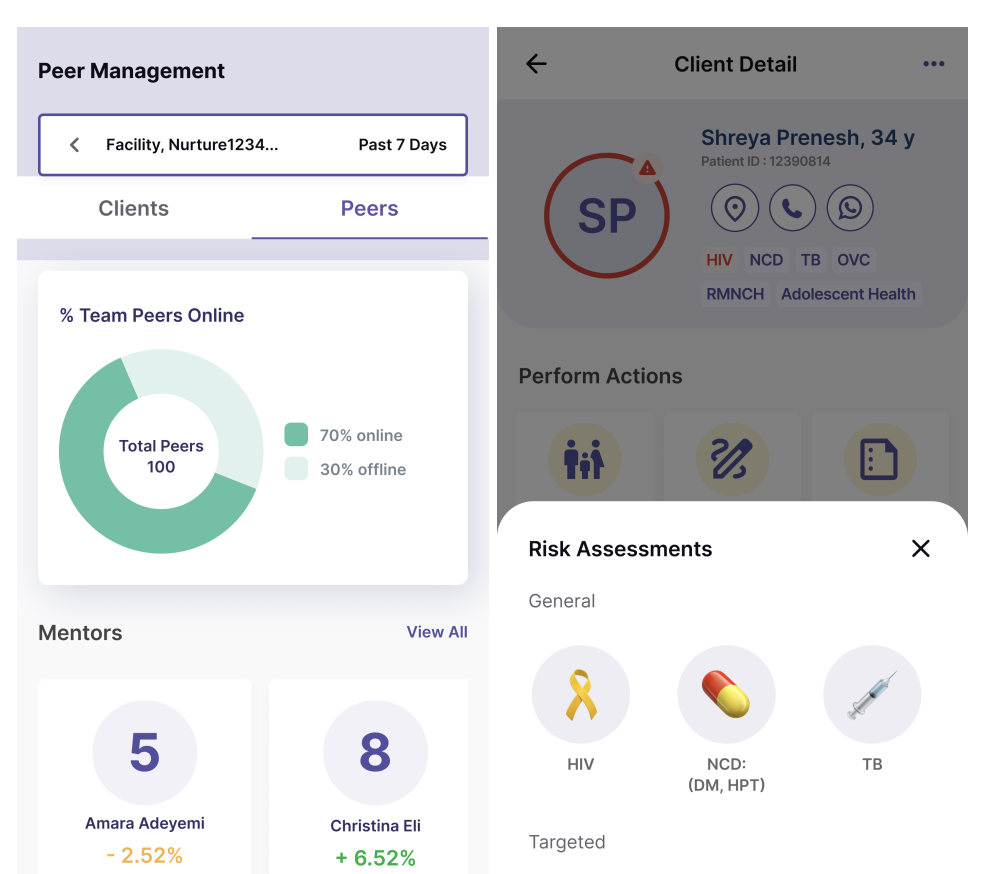
|
África Periáñez, Kathrin Schmitz, Lazola Makhupula, Moiz Hassan, Moeti Moleko, Ana Fernández del Río, Ivan Nazarov, Aditya Rastogi, Dexian Tang KDD Epidamik Workshop Aug, 2024 Describes the development of an AI-native mobile app for CHWs and outlines the upcoming RL-based adaptive intervention plans, all aimed at enhancing health worker engagement, efficiency, and patient outcomes |
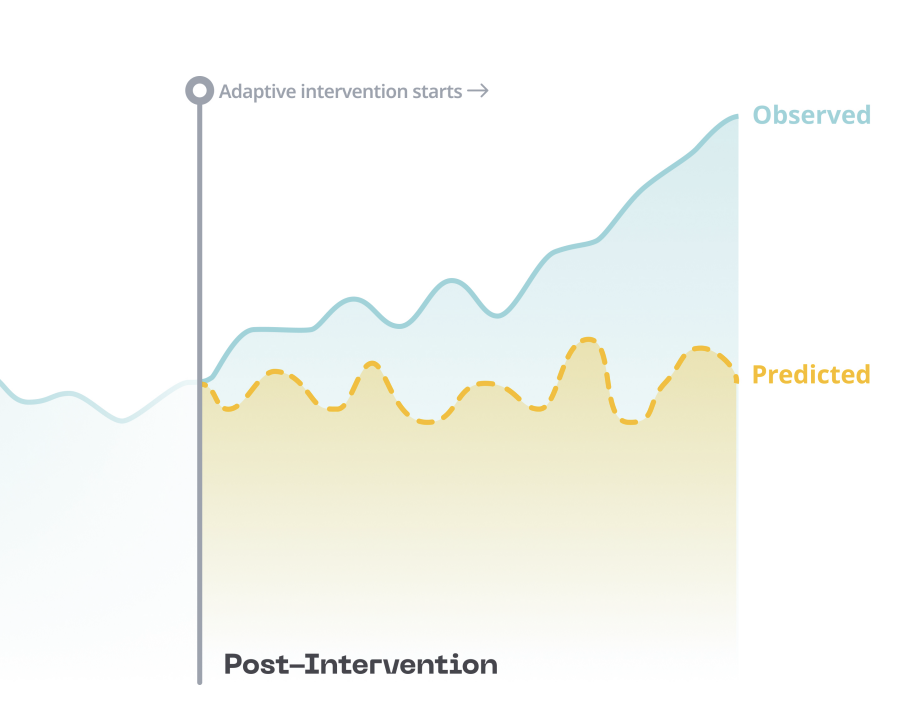
|
África Periáñez, Ana Fernandez Del Río, Ivan Nazarov, Enric Jané, Moiz Hassan, Aditya Rastogi, Dexian Tang Harvard TH Chan School of Public Health | Takemi Program in International Health Oct, 2023 A framework detailing how integration of AI into digital health applications focused on supply chain operation, patient management, and capacity building, etc. can improve health system and public health performance |
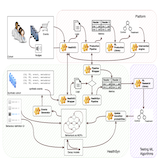
|
Aditya Rastogi, Juan Francisco Garamendi, Ana Fernández del Río, Anna Guitart, Moiz Hassan Khan, Dexian Tang, África Periáñez ICLR MLGH Workshop Mar, 2023 An open-source synthetic data generator of user behavior for testing reinforcement learning algorithms in the context of mobile health interventions using open-source SDK for tracking, organizing, and labeling data ready for machine learning models. |
|
|
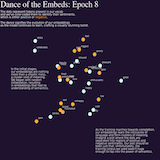
|
Aayush Pandey, Aditya Rastogi Feb, 2023 Reflecting upon the potential of transformers and scaling them with an efficient version: Switch Transformers. |
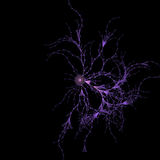
|
Aditya Rastogi, Aayush Pandey Nov, 2022 Neural Network Architecture, Self-learning, Board Symmetries, Playout Cap Randomization and other pieces to make it all work. |
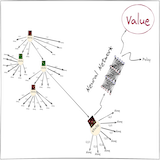
|
Aditya Rastogi, Aayush Pandey Oct, 2022 Understanding Monte Carlo Tree Search - the search algorithm that sits at the core of AlphaZero. |
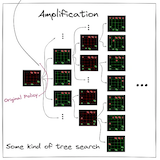
|
Aditya Rastogi, Aayush Pandey Sept, 2022 Coding the Chain Reaction game, and understanding amplification and distillation of knowledge in AlphaZero. |

|
(Draft) Jan, 2022 In this post, I try to explain the biological vision system, primarily in humans. I start with the techniques used to understand how vision works, and then look at how the vision system is wired in our brains. |

|
May, 2021 Here’s how I used Selenium and Twilio’s Voice API in Python to make a phone call when vaccine slots got available near my location in India. |
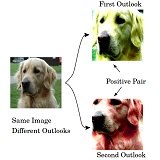
|
Aug, 2020 The SimCLR framework requires large batch-sizes to form a good representation space, because the negative pairs are generated in the same batch. Momentum Contrast V2 combines SimCLR's design improvements with the original MoCo framework to do self-supervised learning with less computational costs. |
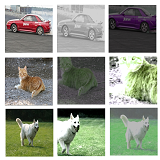
|
Apr, 2020 SimCLR is a simple framework for contrastive learning of visual representations. It showed that composition of data augmentations like color jittering and random crop play a critical role in learning good visual representations. |

|
Mar, 2020 The GNU Toolchain is a set of programming tools in Linux systems that programmers can use to make and compile their code to produce a program or a library. This post explains this toolchain that contains GNU m4, GNU Make, GNU Bison, GCC, GNU Binutils, GNU Debugger and the GNU build system. |
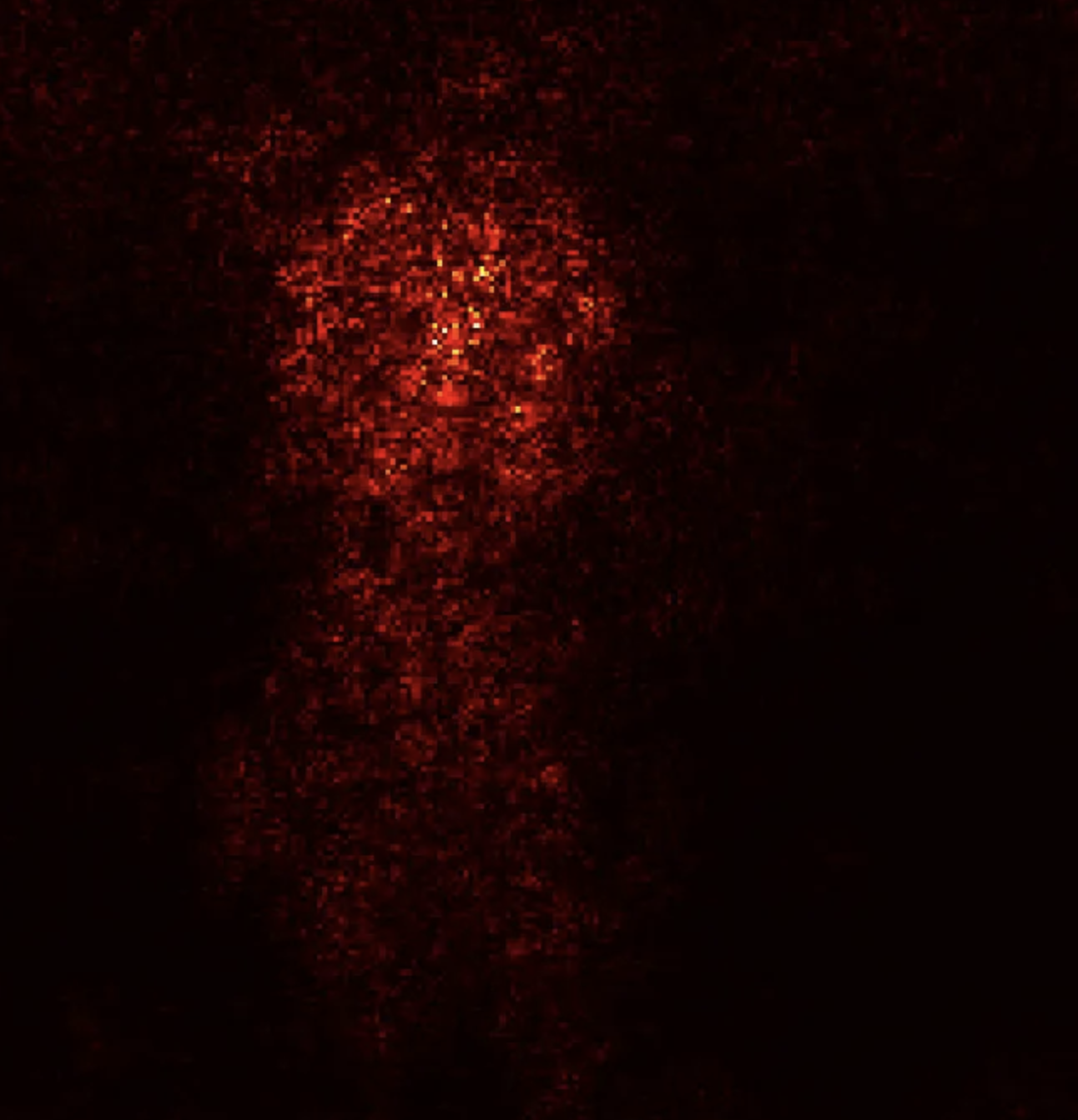
|
Jan, 2020 This post discusses a simple gradient approach ( by Simonyan et. al) to obtain saliency maps for a trained neural network in PyTorch. |
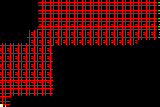
|
Jan, 2020 This post solves the racetrack problem in reinforcement learning in a detailed step-by-step manner. It starts with constructing the racetrack environment in Pygame and then proceeds with solving this problem with the off-policy Monte Carlo control algorithm. |
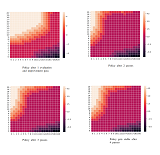
|
Oct, 2019 This post explains the policy iteration algorithm in Reinforcement Learning and uses it to solve Jack’s car rental problem given in the Sutton & Barto book. |
|
|
AI |

|
This is a simulation in which the goal of the rockets is to reach the yellow circle while avoiding the obstacles and the borders along their path. This page shows how a genetic algorithm solves this path planning problem. |

|
This page is an implementation of the Expectation-Maximization (EM) algorithm from scratch. It fits mixture gaussian density to the points provided on the screen. |
Games |

|
Just like flappy bird, the goal is to swim between columns of pipes without hitting them. The spacebar can be used to control the fish. |
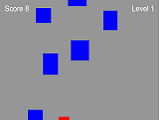
|
You need to save your block from the other falling blocks in this game. Increase your score and climb up the levels. The falling blocks follow Poisson distribution to ensure that the occurrence of one falling event does not affect the probability that a second falling event will occur. The expectation of this distribution increases as the game progresses. |
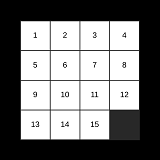
|
This is the classic 15 puzzle problem. I became quite interested in solving it in as less number of steps as I could. The goal is to place the tiles in order, by making moves that use the empty space. I find it quite interesting how we humans can find good heuristic functions based on both logic and intuition to navigate in the state space to arrive at the goal state and that too with constrained memory. |
Other |

|
An implementation of the Gift Wrapping algorithm for convex hull. |

|
Perlin noise is a type of gradient noise used by visual effects artists to increase the appearance of realism in computer graphics. This page uses a 2D perlin noise distribution to create a force field in which a thousand particles are dropped on the screen and their locus is displayed to create beautiful designs. |
|
Design courtesy of Jon Barron. |